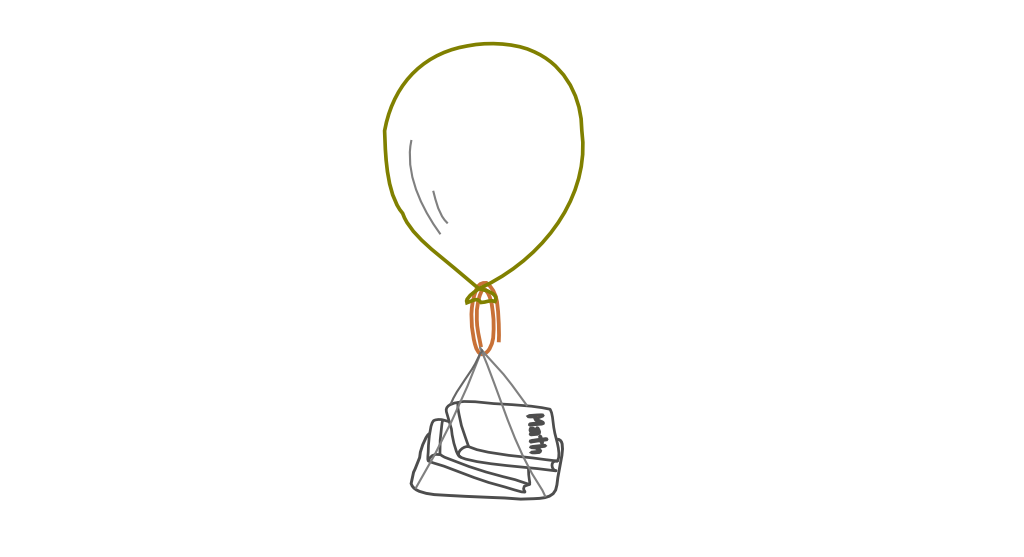“Creativity is just connecting things. When you ask creative people how they did something, they feel a little guilty because they didn’t really do it, they just saw something. It seemed obvious to them after a while. That’s because they were able to connect experiences they’ve had and synthesize new things.” ~ Steve Jobs
The ability to connect unrelated things, or associational thinking, is a fundamental process that underlies creative thinking. Professor Mednick, who created the Remote Associates Test for creativity, defines the creative thinking process as “the forming of associative elements into new combinations which either meet specified requirements or are in some way useful.” The more remote the elements, the more novel the solution. Consider how the structure of Benzene was discovered. August Kekule had a dream about a snake eating its own tail, which he couldn’t shake off. By connecting that image with his work on chemical structures he got the idea of the cyclic structure of Benzene, thereby making a significant contribution to the understanding of aromatic compounds. But is there a better way to increase creativity without having to wait for serendipity?
The answer is surprisingly simple – by actively looking for different associations! MacCrimmon and Wagner developed a software tool that can help find useful connections. They make a distinction between two kinds of connections – internal and external. As they describe it, “Internal connections are those between elements of the focal problem itself. External connections are those between the focal problem and external factors.” Internal connections can be discovered by combining various form and function attributes in different ways. Examples of external connections are finding connections with related problems or using random stimulus like poem fragments to trigger ideas. The 3-step creative problem solving approach encompasses the process of finding connections through dissection (internal connections), manipulation and association (external connections).
Playing games that help build associational thinking can improve creativity. For example, in the Crime Scene Investigation (CSI) brainteasers at MindAntix, users have to find a plausible scenario for how a make-believe crime could have been committed. To do that, they have to incorporate some random pieces of evidence (like a feather or a belt) that were found at the crime scene. Similarly, in the Wacky Inventions category of brainteasers, users have to combine unrelated objects in interesting ways to create a new product. These games use random stimuli to trigger the brain to think in different directions.
And the simplest of all associative thinking games? Spotting shapes in clouds! A similar technique that Leonardo da Vinci used often was to throw a paint filled sponge at a wall and try to make sense of the meaningless stains. His ability to make remote associations helped him in connecting unrelated systems leading to his numerous inventions. It’s always possible to find some way to connect unlikely elements, even if that leads to bizarre ideas occasionally. Like da Vinci himself said, “Realize that everything connects to everything else.”


